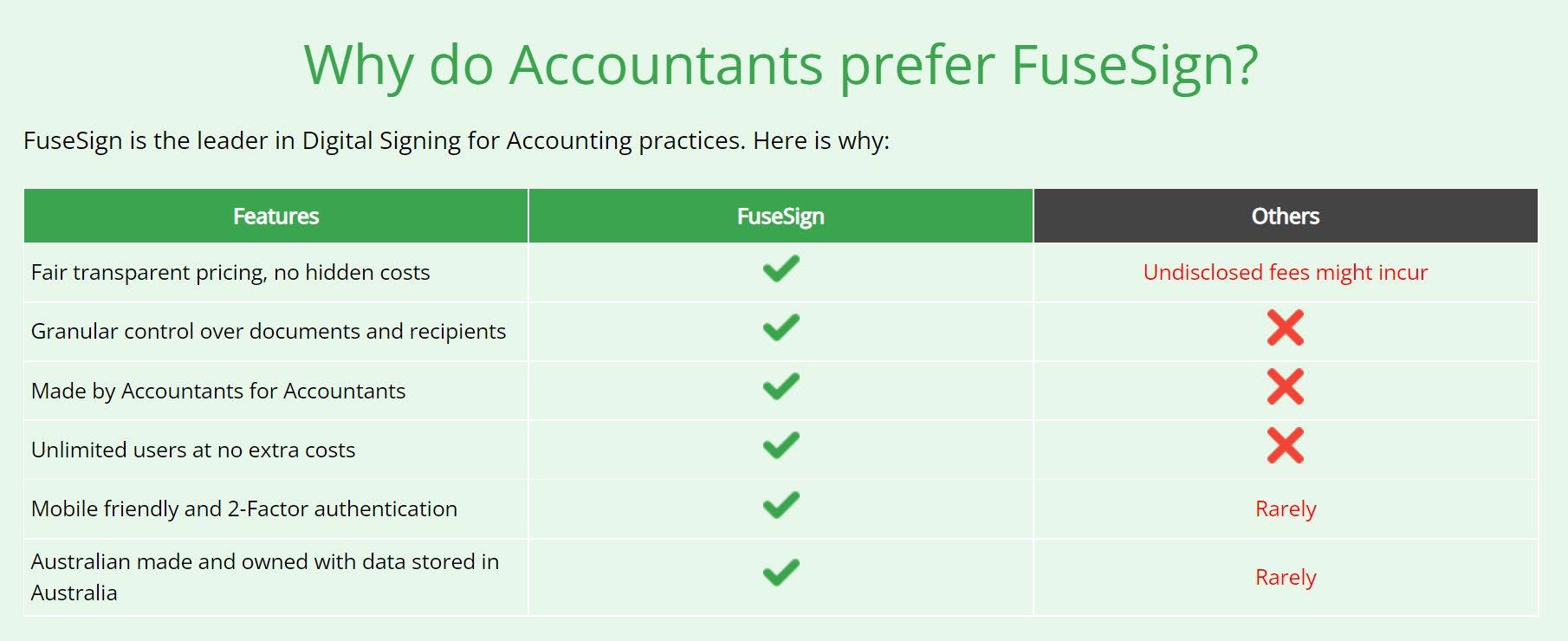Tutorial
Consolidated Financial Reports in Google Sheets by G-Accon This article is
W
hat is Financial Consolidation Reporting in the Accounting World? Consolidate comes from the Latin roots com- (“together”) and solidare (“to make solid”). Combining these roots, we discover that to consolidate means to bring pieces together to make something stronger or easier to handle. In the context of financial accounting, this term “consolidate” refers to the integration of financial data from several subsidiaries or business entities within an organization into one report. This final product can then be used by a parent company for reporting purposes. Financial consolidation is a well-defined process that includes several factors and accounting principles. In financial accounting, consolidated financial reports or statements provide a comprehensive view of the financial position of both the parent company and its subsidiaries, rather than one sole company’s position. Key financial reports that are generated by consolidating financial statements that include the income statement (profit and loss), balance sheet, and statement of cash flows.
24 / Issue 30
What is the importance of Consolidated Financial Reports? There are quite a few reasons why financial consolidation is so essential for running a business in today’s day and age. Primarily, the consolidation reports help you to understand each subsidiary’s or business entity’s overall performances. The consolidation reports, generated monthly, are great for keeping companies on track with forecasts and their budgets. Consolidated statements or reports allow investors, financial analysts, business owners, and other interested parties to get a complete overview of the parent company. From just a quick glance, they can view the overall health of a business and how each subsidiary or department impacts the parent company. One small but impactful benefit of consolidated reports is that the transactions among subsidiaries and the parent company are eliminated to avoid double counting. Using modern technology, you can eliminate all old-school paperwork. Let’s say, for instance, that the parent company owns
@G_AcconServices
Andrey Kustarnikov, CoFounder & CEO, G-Accon Andrey Kustarnikov is the CoFounder & CEO of G-Accon. He has over 25 years of technical expertise in software development, microservices architecture, and cloud integration in the financial and banking sectors. He received an MBA degree and an MS in physics, and using these skills, he was able to build the tool, G-Accon. G-Accon has proved incredibly helpful to clients in solving their various issues, and Andrey is excited to see where G-Accon will go next.
10 subsidiaries and that there will be 44 separate stand-alone financial reports to view (the four basic financial statements for each subsidiary plus the parent company). As you can imagine, not only would it be hard to track down all these records, but it would also be extremely difficult and time-consuming to look over each of them to try to get an overall view of how the business is performing. In this scenario, consolidating reduces the amount of reports from 44 to 4. At the end of the day, this results in less paperwork and less effort being expended to assess a parent company’s financial health. Fast and reliable information is vital in a world where technology is accelerating the growth of most industries. Global organizations need reports that can be broken down in order for regional and local regulators to be able to prove compliance. If we look at the sheer number of transactions that happen throughout the month, we can see that the ones between subsidiaries and the parent company cancel each other out. Eliminating these transactions gives a simplified view of business performance.
XU Magazine - the independent magazine for Xero users, by Xero users.



































